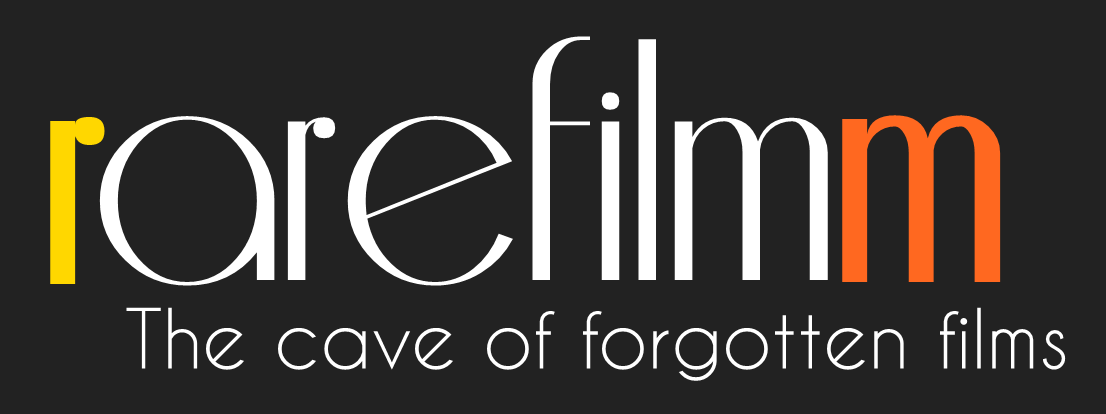My Survival As An Aboriginal rocked Australia and the world with its presentation of atrocities and hardships committed against Aboriginal people. The movie delves beneath surface appearances to reveal a strong resistance to assimilation and loss of identity, as the late Essie Coffey, a Murrawarri woman, takes us into the Aboriginal struggle for survival. She documents the effect of dispossession, the chronic depression, alcoholism, deaths in custody and poverty that were so much a part of life for Aboriginal people.
Year: 2022
Doctor Glas is told in the form of a journal. The main character is Dr. Glas, a physician. The antagonist is Reverend Gregorius, a morally corrupt clergyman. Gregorius’ beautiful young wife confides in Dr. Glas that her sex life is making her miserable and asks for his help. Glas, in love with her, agrees to help even though she already has another adulterous lover. He attempts to intervene, but the Reverend refuses to give up his “marital rights”- she must have sex with him whether she likes it or not (at the time, a wife was legally the property of her husband, and subsequently had no right to say no). So, in order to make his love happy, he begins to plot her husband’s murder.
In her brother’s apartment where he died, Yuki finds a vacuum cleaner with its cord still hooked up to the outlet. She discovers that the circumstances surrounding her brother’s supposed suicide are sketchy at best, yet no one has any answers. When she starts having hallucinations involving his ghost, however, she seeks some psychological help, eventually uncovering some things that she may have wished she’d left covered.
Two neighbours live in the same house as the best friends until one of them buys a small harmonica and starts to play in a unbearable way. The other one takes his revenge and answers with some intolerable play on a larger accordeon. They start a competition, using bigger and bigger instruments. Other neighbours join them in a dreadful ear-splitting noise. This infernal sounds provoke some unwanted consequences, all because of a small »Piccolo« accordeon.
Banned by the BBC in 1971, director Tony Palmer’s profile of the late Peter Sellers was, in the words of the film’s subject himself, “the only portrait which really understood me.” Sellers was an icon of comedy and a true innovator, but a look inside reveals a tragic figure. How could one of the world’s most beloved comic talents have such a morbidly distorted opinion of himself? In this documentary, interviews with such friends, fans, and colleagues as Raquel Welch, Yul Brenner, Spike Milligan, Laurence Harvey, and others reveal the true personality behind the man who was loved by everyone, but still viewed himself as entirely alone.
An insightful illumination of author Paul Bowles’ original and lesser-known career as an avant-garde composer, Owsley Brown’s Night Waltz is an elegant and soulful document of discovery. Interviewed in Morocco during the last months of his life, Bowles journeys back to his early years as a contemporary and occasional collaborator of other such iconic figures as Aaron Copland, Virgil Thomson and Orson Welles. Bowles’ uncut compositions–performed by the Eos Orchestra–are punctuated with stunning visual essays by filmmakers Nathaniel Dorsky and Rudy Burckhardt. Long after retiring from his more well-known profession, Bowles kept music as a vital part of his life, tapping out fresh rhythms on his Tangier table tops until the end of his days.
Filmed in Brooklyn, Image in the Snow is an early underground “trance film” in which “a young man led by despair searches a city for salvation” (director Willard Maas’ own description). He takes the Myrtle Avenue el. and finds his “ideal parents” represented as carved stone figures on a tomb in the old part of Mt. Olivet Cemetary. Although not as highly regarded as Geography of the Body or as ostentatious as Narcissus in its own time, Image in the Snow has become the most frequently revived of Willard Maas’ thematic, non-documentary films.
